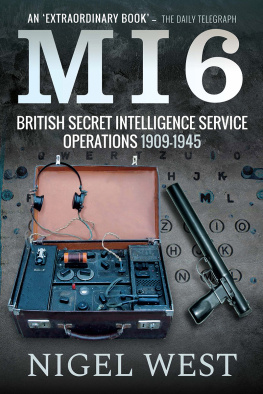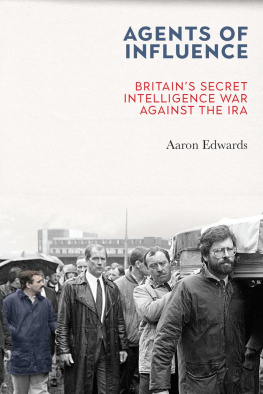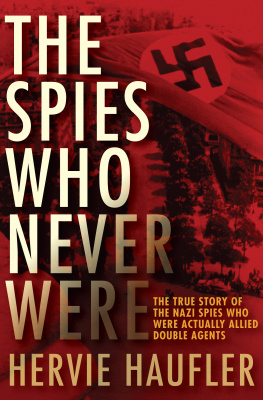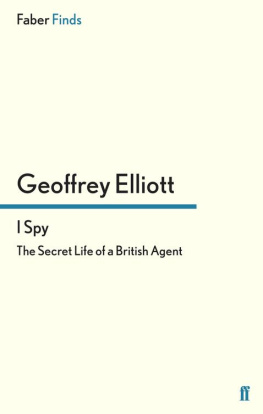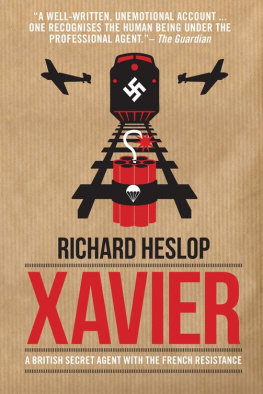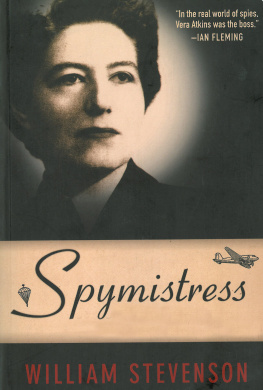THE
VENLO INCIDENT
(Photo by Charles Doran, Newton Abbot, Devon)
The Author.
THE
VENLO INCIDENT
A True Story of Double-Dealing, Captivity, and a Murderous Nazi Plot
S. PAYNE BEST
Introduction by Nigel Jones
The Venlo Incident: A True Story of Double-Dealing, Captivity, and a Murderous Nazi Plot
This edition published in 2009 by Frontline Books,
an imprint of Pen & Sword Books Limited,
47 Church Street, Barnsley, S. Yorkshire, S70 2AS
www.frontline-books.com
and
Published and distributed in the United States of America and Canada
by Skyhorse Publishing, 555 Eighth Avenue, Suite 903, New York, NY 10018
www.skyhorsepublishing.com
Skyhorse Publishing books may be purchased in bulk at special discounts for sales promotion,
corporate gifts, fund-raising, or educational purposes. Special editions can also be created
to specifications. For details, contact the Special Sales Department, Skyhorse Publishing,
555 Eighth Avenue, Suite 903, New York, NY 10018 or email info@skyhorsepublishing.com.
1950 Sigismund Payne Best
Introduction Pen & Sword Books Ltd, 2009
United Kingdom edition Pen & Sword Books Ltd, 2009
North America edition Skyhorse Publishing, 2009
Frontline edition: ISBN 978-1-84832-558-6
Skyhorse edition: ISBN 978-1-60239-946-4
Publishing History
The Venlo Incident was first published by Hutchinson & Co (London) in 1950. This edition
includes a new introduction by Nigel Jones.
All rights reserved. No part of this publication may be reproduced, stored in or introduced into
a retrieval system, or transmitted, in any form, or by any means (electronic, mechanical,
photocopying, recording or otherwise) without the prior written permission of the publisher.
Any person who does any unauthorized act in relation to this publication may be liable to
criminal prosecution and civil claims for damages.
A CIP data record for this title is available from the British Library.
Library of Congress Cataloging-in-Publication data is available on file.
For more information on our books, please visit www.frontline-books.com,
email info@frontline-books.com or write to us at the above address.
Printed in the UK by the MPG Books Group
CONTENTS
In post-war accounts of the secret intelligence war between Britain and Nazi Germany, most of the spotlight and the kudos has focused on British intelligence agencies for such coups as the Double Cross system for turning Nazi agents; and the breaking at Bletchley Park of Germanys military signals encoded on its reputedly impenetrable Enigma machines the material code-named Ultra and called the golden eggs by Churchill knowledge of which helped the Allies to anticipate almost every German military move, and thus win the war.
Far less attention, for understandable reasons of national pride, has been paid to Germanys intelligence triumphs. Chief among these were the Funkspielen or Radio games in which, by capturing and turning Allied radio operators working in occupied France and Holland, the Germans managed to destroy entire networks of Allied agents, virtually crippling intelligence gathering in those two countries. But the most audacious and successful single stroke played by the German secret services was the story of the Venlo Incident recounted in this remarkable and revealing book by its chief victim, Captain Sigismund Payne Best.
The author was a British intelligence officer of the old school, familiar from W. Somerset Maughams Ashenden stories, which tell of the writers work as a spymaster running agents from neutral Switzerland during the First World War. Payne Best was similarly employed by military intelligence in neutral Holland during the same conflict. Tali, tweedy, spats-wearing and monocled, Best was almost a caricature of the British officer and gentleman. Married to a Dutch woman, Maria van Bess, Best remained in the country after the war, becoming a well-known member of the upper-class British community in the Netherlands.
Best ran a legitimate import-export business, specialising in pharmaceuticals, which also provided a convenient cover for his second profession: espionage. Although apparently de-activated in the 1920s by the cash-strapped secret foreign intelligence service, MI6, spies never really retire, and with Nazism on the rise in the 1930s, Best was approached again by an old acquaintance from the Great War: Colonel Claude Dansey. The deputy chief of MI6/SIS, Dansey, a more ruthless player than the gentlemanly Best, was setting up his Z organisation, an outfit that paralleled MI6s official spy stations, which were based on the Passport Control Offices (PCOs) in British embassies around the world. Run from Bush House in the Aldwych, the home of the B BC World Service, Danseys Z network was based on British businessmen working in foreign cities, and was supposed to be kept quite separate from the MI6 stations, so that if one was penetrated, the other could continue to function.
Best became Danseys Z man in the Netherlands, a position that, with his extensive contacts and experience, suited him well. But at the outbreak of war in 1939, Dansey took the decision to merge his Z organisation with the official MI6 PCO network. Probably this was a move designed to promote Danseys claims to succeed Hugh Quex Sinclair who was dying of cancer as C, the head of MI6. But, in the Netherlands at least, it proved a fatal error. Based in The Hague, the Dutch PCO network had recently been taken over by an inexperienced former Indian Army Officer, Major Richard Stevens. Neither he nor Best knew that Stevens PCO network had already been penetrated by the German secret services. The Germans had even set up a camera in a barge permanently moored on a canal opposite Stevens office from which every visitor to the PCO was photographed. As a result, several of MI6s spies and informers in Holland were double agents working for the Nazis.
The Germans were playing a classic espionage game. Rather than wrapping up Britains spy network in Holland, they continued to monitor it, steadily accumulating more information, and identifying its agents for future arrest. Germanys most feared spymaster Reinhard Heydrich, the ice-cold chief of the Nazi partys security service, the Sicherheitsdienst [SD] personally kept his eye on the Dutchgame and made sure that his bosses, SS Chief Heinrich Himmler and Adolf Hitler, were informed of its progress. The Nazi leadership held the legendary British secret services in awe rumour had it Heydrich even signed his letters C and wrote them in green ink after the supposed style of all MI6 chiefs which the bungling displayed by the service in the Venlo Incident shows was somewhat misplaced. In September 1939, with the outbreak of war, Heydrich decided to bring the game to a close and snapped his trap shut.
The Venlo Incident is an extraordinary story on several levels, reading as it does like a spy fiction by Eric Ambler or John le Carr. Indeed, the Incident finds its way only slightly disguised into William Boyds acclaimed superior spy novel Restless. At its most basic level, therefore, The Venlo Incident is a real-life spy thriller. It was, however, much more than that. Best and Stevens were mere pawns in a greater game than local espionage. In the autumn of 1939 the newly co-operating but unwittingly compromised spy chiefs had been holding talks at a series of clandestine meetings with a group of shady Germans. Best and Stevens believed these men to be emissaries of the Wehrmacht High Command who were plotting a


